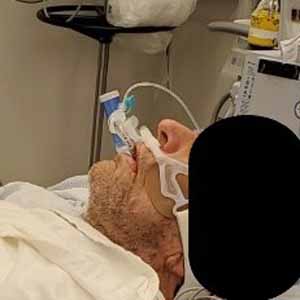Comparing laryngeal view in neutral and sniff position during video laryngoscopy-guided intubation

Submitted: 5 August 2022
Accepted: 8 August 2022
Published: 16 September 2022
Accepted: 8 August 2022
Abstract Views: 766
PDF: 400
HTML: 16
HTML: 16
Publisher's note
All claims expressed in this article are solely those of the authors and do not necessarily represent those of their affiliated organizations, or those of the publisher, the editors and the reviewers. Any product that may be evaluated in this article or claim that may be made by its manufacturer is not guaranteed or endorsed by the publisher.
All claims expressed in this article are solely those of the authors and do not necessarily represent those of their affiliated organizations, or those of the publisher, the editors and the reviewers. Any product that may be evaluated in this article or claim that may be made by its manufacturer is not guaranteed or endorsed by the publisher.
Similar Articles
- Nahid Manouchehrian, Rohollah Abbasi, Nasrin Jiryaee, Roya Mohammad Beigi, Comparison of intravenous injection of magnesium sulfate and lidocaine effectiveness on the prevention of laryngospasm and analgesic requirement in tonsillectomy , European Journal of Translational Myology: Vol. 32 No. 4 (2022)
You may also start an advanced similarity search for this article.

 https://doi.org/10.4081/ejtm.2022.10780
https://doi.org/10.4081/ejtm.2022.10780




